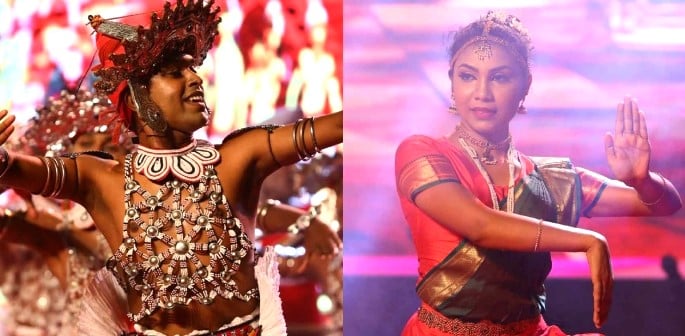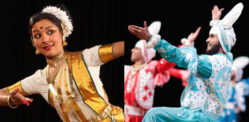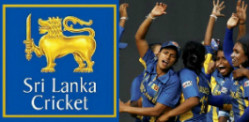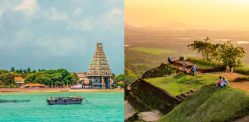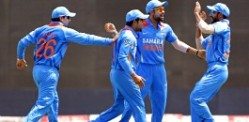The Masked Dance tells tales of heroism
Within Sri Lanka, various dance forms stand out as vibrant expressions of history, storytelling, and spirituality.
Whilst the country hosts a plethora of different dance styles, there are some that stands out as the most popular.
With a range of dancers, from children to the elderly, and various audiences that are captivated across the land, Sri Lanka is one of the hotspots for South Asian dancing.
This interest has garnered the attention of western media, as well as dancing communitiess from across the world.
In the modern day, we are seeing the retention of Sri Lanka traditions through dance, whilst also witnessing more locals expand into other forms and genres.
Let’s delve into the captivating world of Sri Lankan dance, exploring the reasons behind their popularity and their profound impact on the country’s artistic landscape.
Kandyan
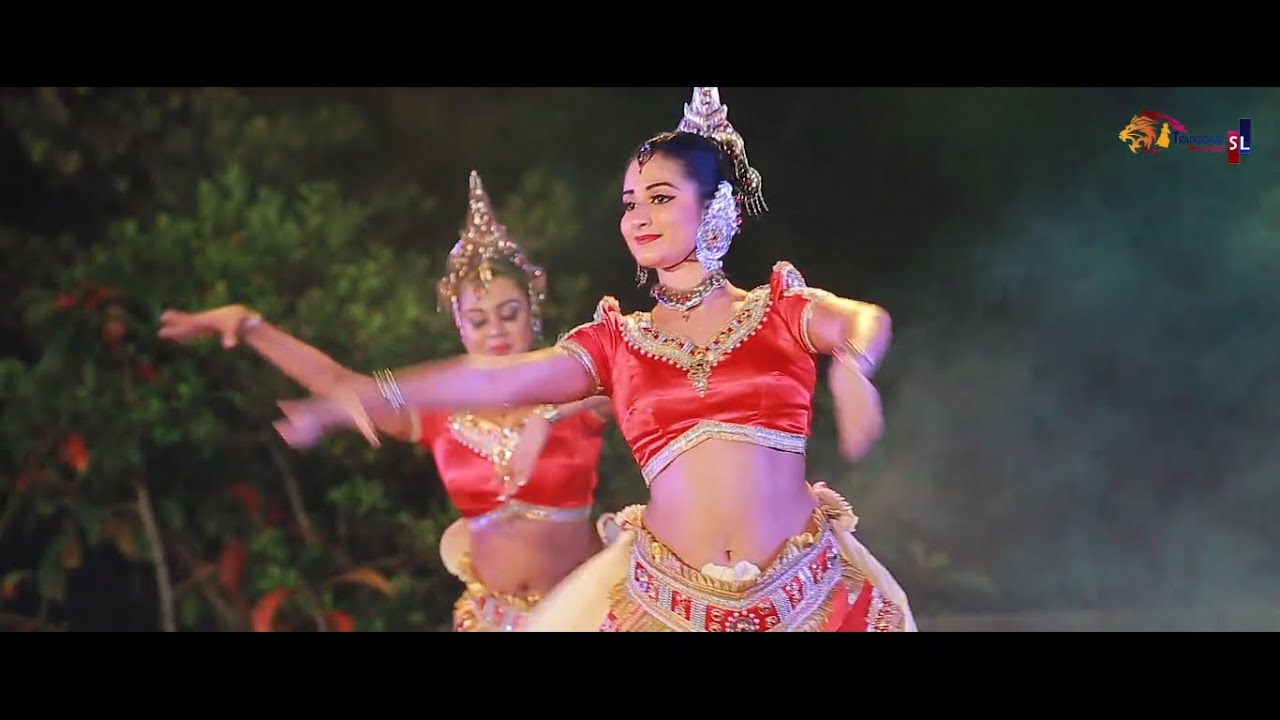
When it comes to Kandyan, every movement and gesture is a brushstroke painting on the canvas of Sri Lanka’s rich heritage.
Rooted in the traditions of the Kandyan Kingdom (1592–1815), this dance form found its stage in the grandeur of royal courts.
Today, it emerges as a symbolic treasure, weaving tales of kings, nobility, and the cultural heartbeat of a bygone era.
The traditional Kandyan attire, with its metallic belts, draped cloths, and ornate jewellery, transforms the performers into living works of art.
The dancers, with their bejewelled crowns and intricately designed accessories, carry the visual weight of centuries, a tribute to the aesthetic legacy of Sri Lanka’s royal past.
Kandyan Dance is not just about the spectacle; it’s a language spoken through movement.
Every step is laden with symbolism, telling stories of conquests, valour, and devotion.
The intricate footwork, known as “uddekki”, resonates like a heartbeat, while the expressive hand and facial movements, or “nritta”, paint vivid narratives on the stage.
Together, they form a dance language that illustrates the very soul of Sri Lanka.
As the dance evolved over the centuries, two luminaries emerged as architects of modern Kandyan Dance: Chitrasena and Vajira.
This dynamic duo, a husband-and-wife team, breathed new life into the traditional form, infusing it with contemporary elements.
Their contributions, spanning decades, elevated Kandyan Dance onto the international stage, making it a recognised and revered art form.
No exploration of Kandyan Dance is complete without acknowledging the heartbeat that accompanies each performance – the traditional drumming.
The rhythm of the “geta beraya” and “yak bera” drums set the pace, guiding the dancers through a symphony of movements.
Low Country (Sabaragamuwa Natum)
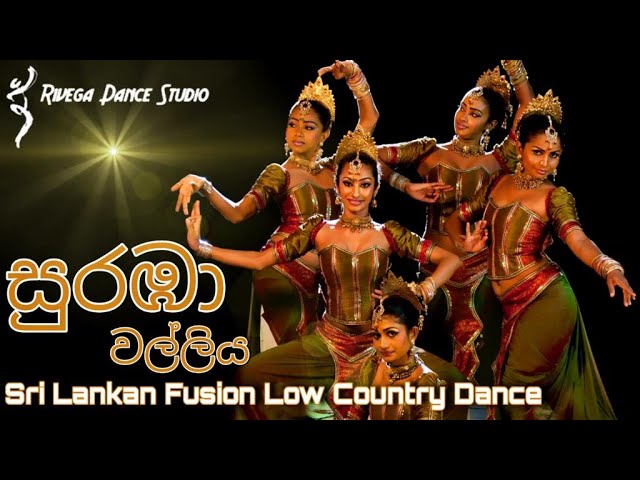
Low Country, rooted in the coastal plains and known as Pahatharata Natum, embodies the essence of everyday life.
This dance form is a rhythmic reflection of the agricultural rhythms and daily experiences of the communities that call the lowlands home.
The dancers, adorned in vivid costumes reflective of their coastal heritage, move with an energy that captures the vivacity of the lowlands.
Through smooth footwork and expressive gestures, they convey stories of sowing, harvesting, and communal spirit.
The traditional drums, known as “tammettama” and “hakgediya” create a unique experience, echoing sounds of waves and agricultural tasks.
In the ongoing evolution of Low Country dance, Piyasara Shilpadhipathi stands as a guardian of authenticity.
Renowned for his contributions to preserving the traditional elements of the dance, he has played a pivotal role in ensuring that the dance form retains its roots while embracing contemporary nuances.
Additionally, Low Country finds its place in the heart of festivals and communal celebrations.
Whether it’s a harvest festival in Matara or a coastal carnival in Negombo, the dance becomes a celebration, binding people together.
Folk Dances
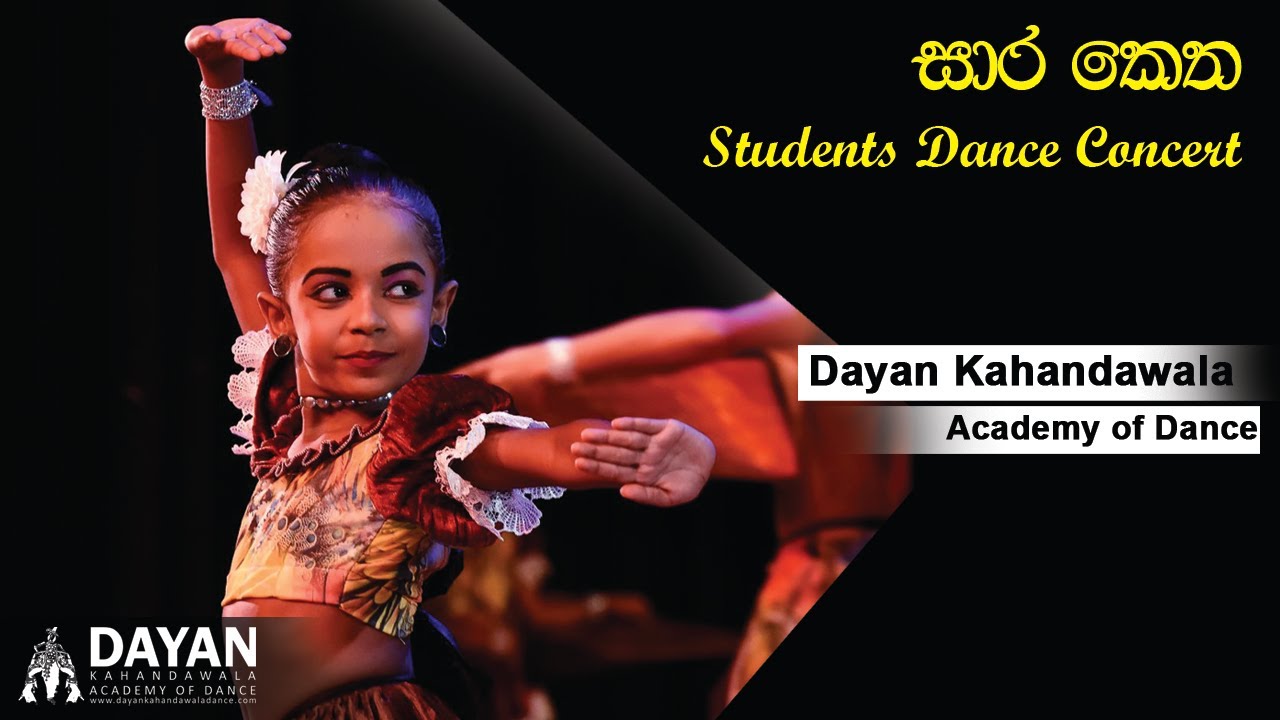
As we step into the rhythms of various regions, there are diverse folk dances that shine in Sri Lanka’s communities.
For example, originating from the central regions of Sri Lanka, Raban pays homage to the agricultural roots of the community.
The performers, wielding circular hand drums called “rabans”, create a pulsating rhythm that mirrors the heartbeat of the land.
Another is the Harvest Dance. Dancers mimic the sowing, reaping, and threshing of crops, creating a visual narrative of the agricultural cycle.
The Harvest Dance is a staple during New Year celebrations and festivals.
Likewise, Masked Dances add a touch of theatrical mystique to Sri Lanka’s folk dance panorama.
Adorned in elaborate masks representing various deities, animals, and characters from folklore, the dancers engage in spirited performances that blend storytelling with vibrant choreography.
The Masked Dance tells tales of heroism, mythology, and the eternal battle between good and evil.
One cannot forget about the southern regions of Sri Lanka where the Kolam form dance shines with geometric precision and grace.
Dancers move in dynamic circles, creating intricate patterns with their hands and feet.
Whether it’s the coastal rhythms of the Raban Dance or the theatrical flair of Masked Dances, each form encapsulates the unique cultural identity of its region.
Thovil
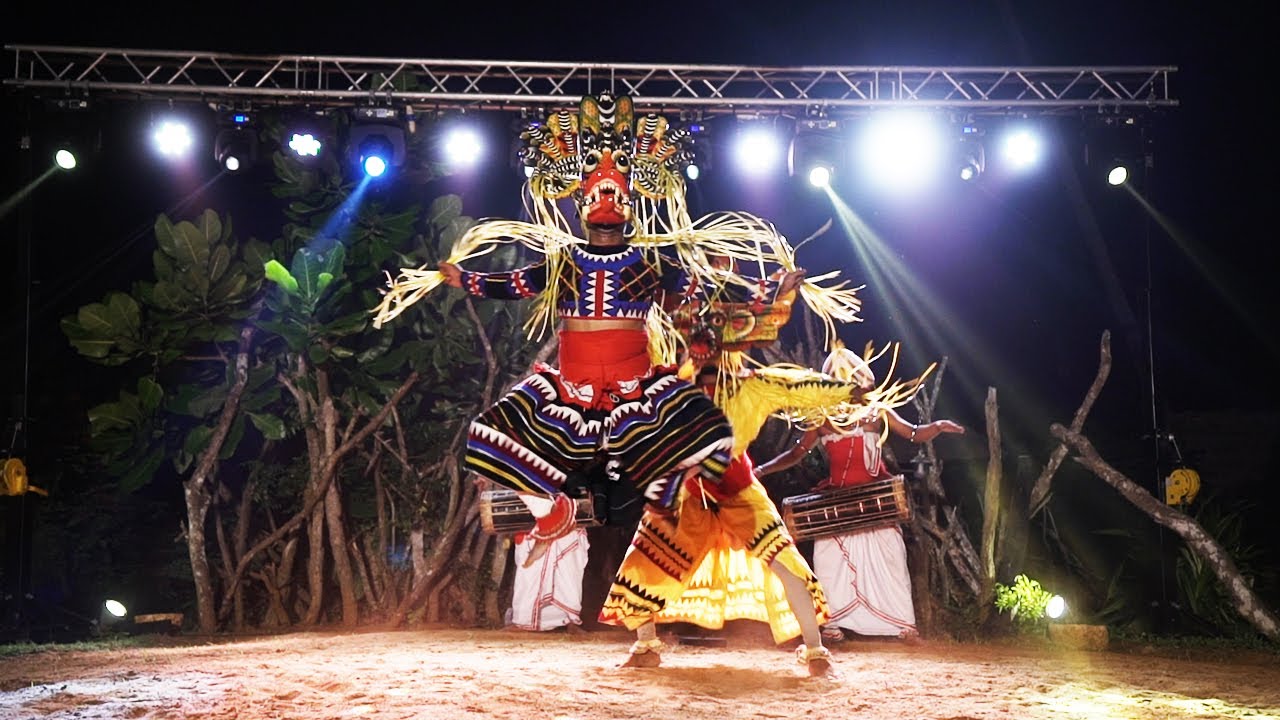
Emerging from Sri Lankan rituals, Thovil is deeply rooted in traditional healing ceremonies.
Its origins date back centuries, and the dance is intertwined with the cultural and spiritual practices of the island’s communities.
Dancers move in symbolic patterns to communicate with deities and invoke blessings.
What makes this form so popular is that it is a sacred bridge connecting the earthly with the divine.
Central to Thovil are the elaborate masks, each intricately designed to represent deities, spirits, and mythological characters.
The masks serve as vessels for spiritual energy, allowing the dancers to embody and communicate with the divine forces.
Thovil dance involves not just the dancers but the entire community.
Families carry the responsibility of preserving and performing the dance during important occasions.
Additionally, Thovil dance serves a dual purpose – spiritual healing and protection.
Performances are conducted to ward off evil spirits, alleviate ailments, and bring prosperity to the community.
The dance is a living embodiment of the symbiotic relationship between spirituality and the well-being of the people.
Ves
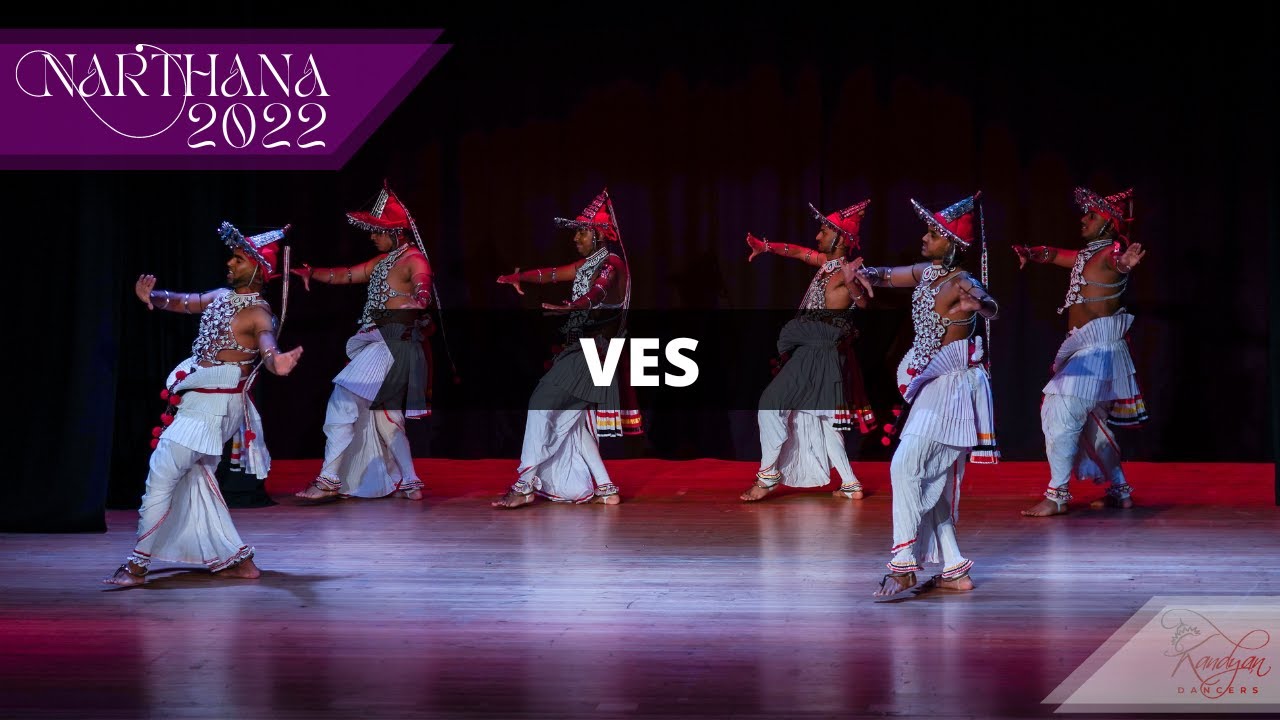
At the heart of the Ves form is the grand spectacle of the Esala Perahera, a procession held in the sacred city of Kandy.
This annual extravaganza draws thousands of spectators, and Ves plays a pivotal role in the procession, transforming the streets into a regal stage.
Ves, through its participation in the Esala Perahera, symbolises the nation’s rich and historical heritage.
The dance pays homage to the sacred Tooth Relic of the Buddha, enhancing the spiritual sanctity of the event.
Beautiful jewellery, shimmering fabrics, and regal accessories transform the performers into living embodiments of ceremonial elegance.
The Ves style is known for its precise choreography that combines smooth movements with intricate gestures.
Dancers move with a special rhythm, weaving devotional acts and vivid swirls through performances.
Importantly, Ves dance schools play a vital role in preserving the heritage and intricacies of thisform.
They serve as repositories of knowledge, passing down the artistry and rituals to future generations.
Aspiring dancers undergo rigorous training, ensuring the continuity of the dance form and maintaining its authenticity in an evolving cultural landscape.
Magul
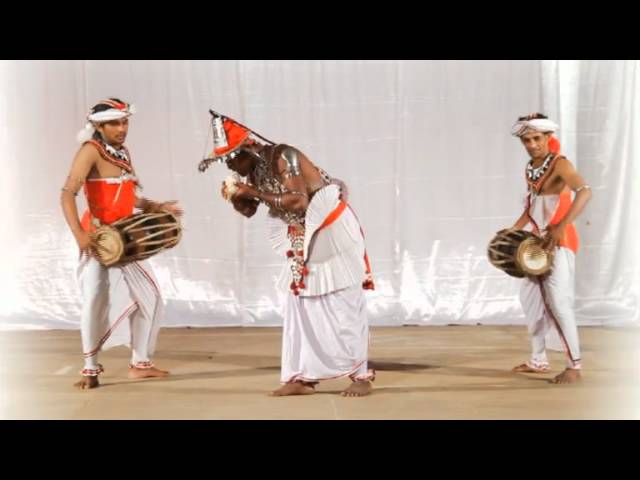
The majestic Magul Bera dance is an integral part of significant events, including weddings and cultural celebrations.
Magul Bera unfolds as an expression of joy and celebration during auspicious occasions.
The dance is not merely a performance but a symbolic celebration of unity, prosperity, and cultural pride.
Each movement is imbued with meaning, reflecting the ceremonial significance of the event.
At the core of Magul Bera are the traditional drums of the same name.
The hard-hitting beats, resonating with cultural echoes, guide the dancers through a synchronised performance that adds a melodic heartbeat to the ceremonial atmosphere.
The drums become the heralds of joy, announcing the commencement of festivities.
Whereas the choreography becomes a visual language that communicates the essence of the ceremony.
Despite the evolving landscape, the dance form continues to be embraced and passed down through generations, ensuring its continuity and relevance.
Peacock (Mayura Natum)
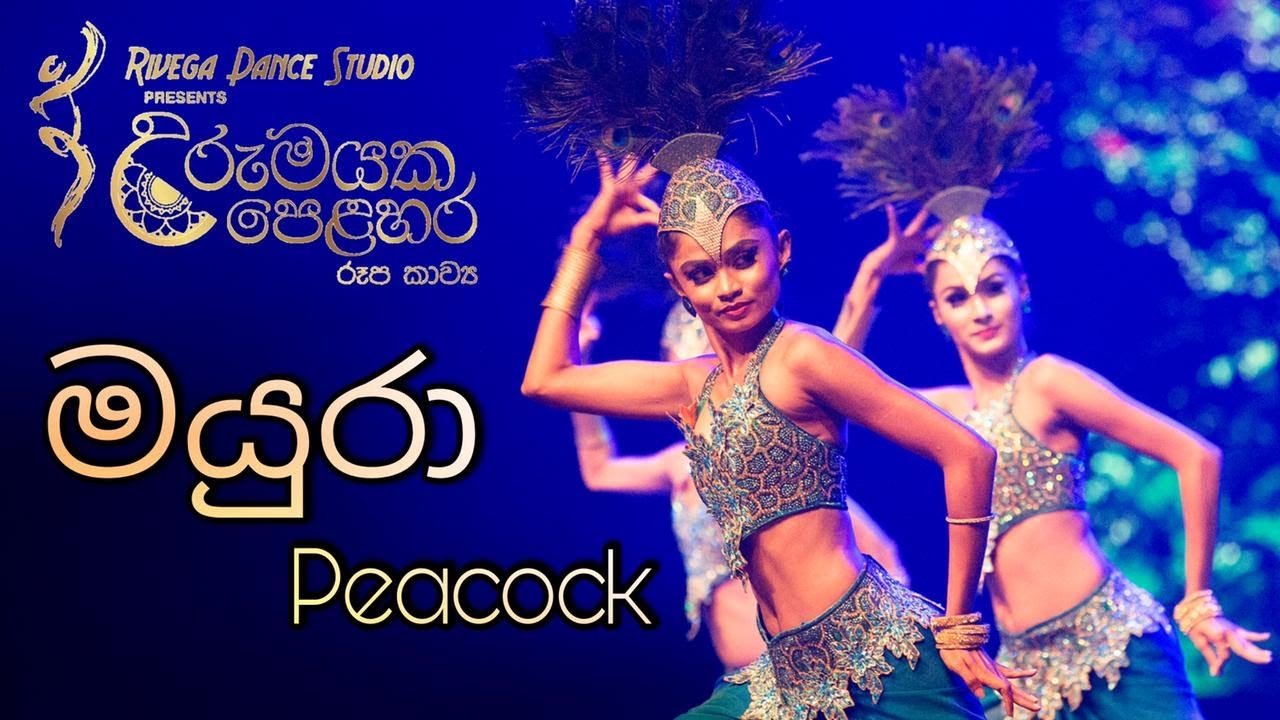
The glimmering Peacock dance, or Mayura Natum, is one of the most popular dance forms in Sri Lanka.
Mayura Natum draws inspiration from the peacock, nature’s own masterpiece.
Dancers use vibrant costumes to emulate the intricate patterns and radiant colours of the peacock’s plumage, creating a dance that mirrors the natural vibrancy of this majestic bird.
The choreography captures the essence of the bird’s grace, turning the performance into an aesthetic expression of nature’s beauty.
Elaborate headdresses and accessories further enhance the visual spectacle.
Using the peacock as inspiration, dancers mirror the fluidity of the bird, the motion in which it moves, and the delicacy in which it walks.
Each gesture captures the essence of the bird’s natural beauty. And, doing this in group performances make the choreographies that much more magical.
Beyond its aesthetic appeal, Mayura Natum carries symbolic weight.
The peacock is often seen as a symbol of beauty, grace, and good fortune in Sri Lankan culture. The dance, therefore, becomes a symbolic celebration of these virtues.
Bharatanatyam and Indian Dance Forms
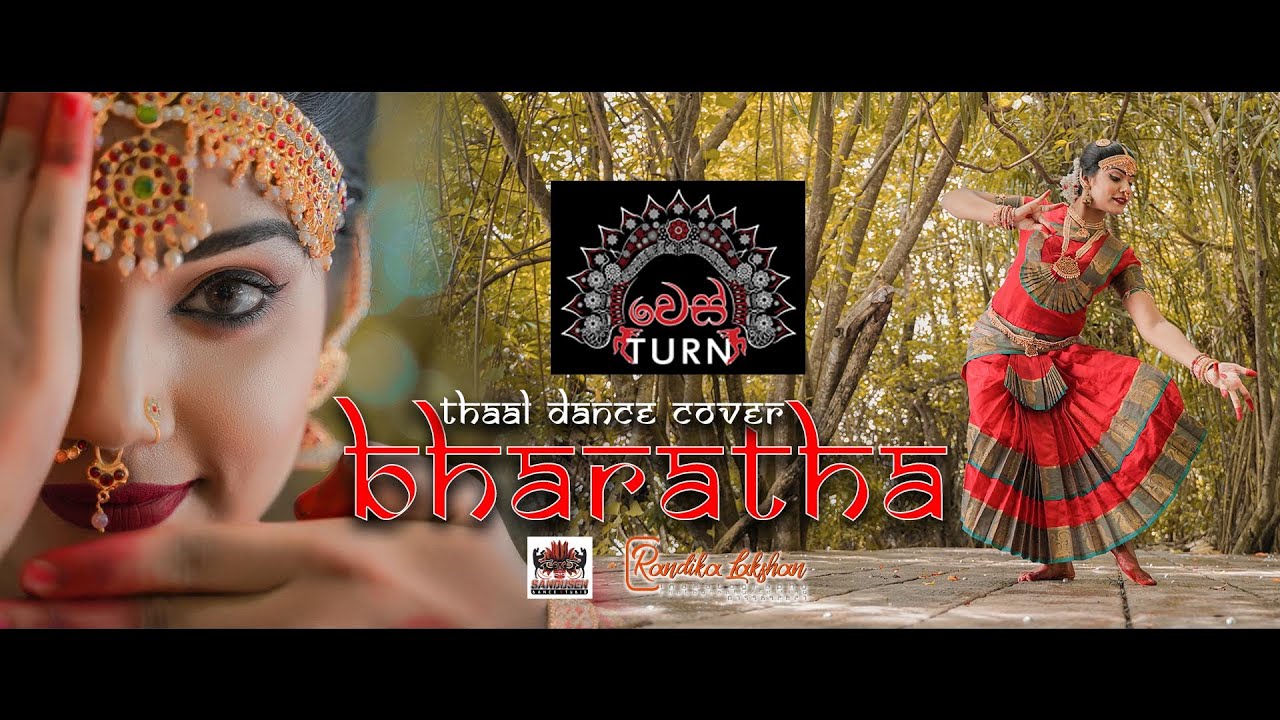
It probably comes as no surprise that Bharatanatyam and other Indian dance forms have made this list.
Bharatanatyam, with its roots in the temples of Tamil Nadu, India, has gracefully traversed the Palk Strait to find a home in Sri Lanka.
Known for its intricate footwork, expressive storytelling, and emotive gestures, Bharatanatyam has become a cultural bridge, connecting the hearts and heritage of both nations.
Often performed as a devotional art, Bharatanatyam narrates mythological stories, expressing deep spiritual devotion.
In Sri Lanka, the dance form has not only retained its classical purity but has also evolved, resonating with the cultural nuances of the island.
Moreover, originating from the state of Andhra Pradesh, India, Kuchipudi is a dance-drama form that seamlessly blends narrative, dance, and music.
Kuchipudi often brings to life mythological tales, historical narratives, and folk stories, offering a visual spectacle that transcends language barriers.
Odissi is another popular dance style in Sri Lanka, often characterised by its sculptural poses and profound spirituality.
The fluid expressions of Odissi, depicting themes from mythology and nature, have become a mesmerising presence in Sri Lanka’s dance landscape.
Additionally, the Mohiniyattam dance form has enchanted audiences with its gentle swaying and storytelling that often revolves around themes of love and devotion.
The presence of Indian dance forms in Sri Lanka is not merely a replication but a celebration of cultural diversity.
Collaborations between Sri Lankan and Indian artists, showcasing a confluence of dance traditions, have become a testament to the harmonious relationship between the two nations.
Sri Lankan dance forms, with their deep cultural roots and vibrant expressions, continue to captivate audiences both locally and globally.
From the regal elegance of Kandyan to the spiritual essence of Thovil, each style contributes to the rich tapestry of Sri Lanka’s cultural identity.
These dances not only entertain but also serve as living history, connecting past and present in a rhythmic celebration of diversity and tradition.
However, we are seeing more of country’s residents venture out to new styles such as hip hop dance and pop forms.
As these art forms continue to evolve, they carry with them the heartbeat of a nation, echoing the resilience and creativity of the people who call Sri Lanka home.



















































